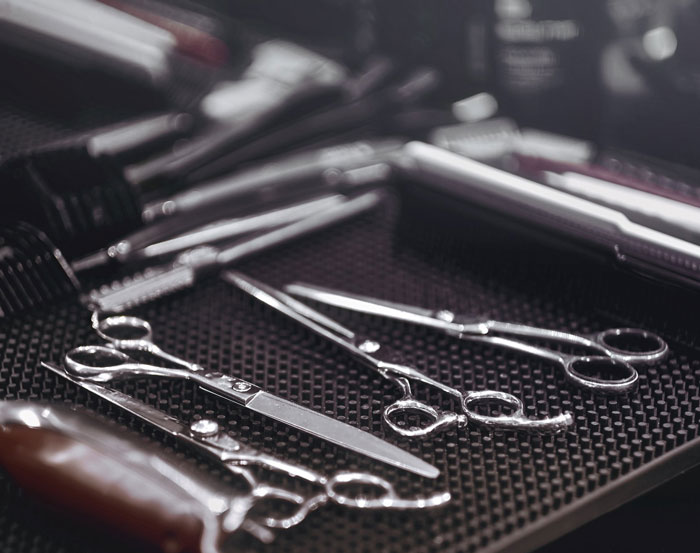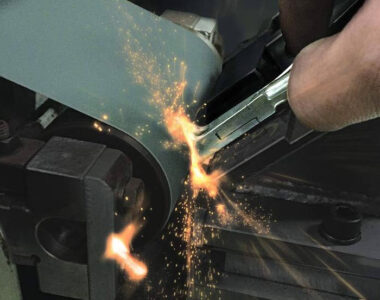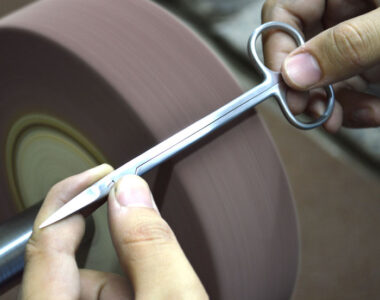Manufacturing Process
Beauty Instruments Manufacturing Process
1. Raw Material Selection
-
Materials Used: High-quality stainless steel (usually 420, 440, or 304 grade), carbon steel, or titanium.
-
Purpose: Ensures corrosion resistance, durability, and precision.
-
Process: The steel is sourced in sheets, rods, or coils according to the type of instrument.
2. Forging / Cutting
-
Forging: Steel is heated and hammered into rough shapes (for tools like scissors or tweezers).
-
Cutting: Laser cutting or die-cutting is used to shape parts for finer instruments.
-
Result: Rough blanks of tools in the desired shape.
3. Milling and Machining
-
CNC and manual machines refine the instrument’s body, add grooves, edges, or joint areas.
-
Drilling and slotting are done where required, such as in scissor hinges.
4. Heat Treatment
-
Purpose: To increase hardness and strength.
-
Instruments are heat-treated in furnaces and then cooled in oil or water (quenching).
-
Afterward, tempering may follow to reduce brittleness.
5. Grinding and Filing
-
Rough edges are smoothed.
-
Blades are ground to shape (especially for scissors, nippers, and tweezers).
-
Manual or machine filing creates the final contours and finishes.
6. Polishing and Buffing
-
Types: Mirror finish, matte finish, satin finish, sand-blast finish.
-
Uses buffing wheels and polishing compounds to give aesthetic and functional finish.
7. Joint Assembly
-
For multi-part tools like scissors or nail nippers:
-
Riveting or screwing is used to join parts.
-
Tension and movement are adjusted for smooth function.
-
8. Sharpening
-
Edges are sharpened manually or with precision machines.
-
Quality control checks ensure the sharpness is consistent and safe.
9. Ultrasonic Cleaning
-
Tools are cleaned using ultrasonic machines to remove oils, metal dust, and polishing residues.
10. Surface Coating / Plating (Optional)
-
Some instruments are plated with nickel, gold, or black oxide for added protection or aesthetic appeal.
-
Coating also helps reduce corrosion and improve sterilization compatibility.
11. Laser Marking / Branding
-
Logos, sizes, and batch numbers are engraved using laser marking machines for branding and traceability.
12. Quality Control Inspection
-
Each instrument is checked for:
-
Finish
-
Sharpness
-
Alignment
-
Functionality
-
-
Non-conforming items are repaired or rejected.
13. Packaging
-
Final instruments are packed in sterilized pouches, blister packs, or custom boxes.
-
User manuals or branding inserts may be included.
14. Shipping
-
Products are boxed in bulk and shipped to wholesalers, retailers, or directly to customers worldwide.



